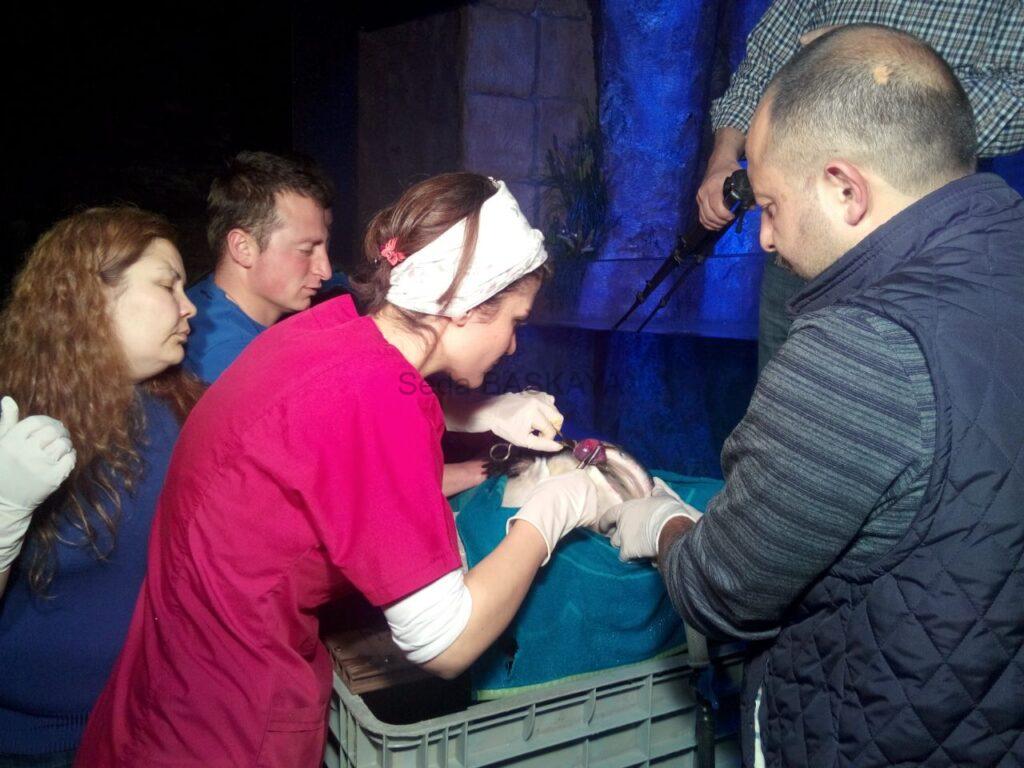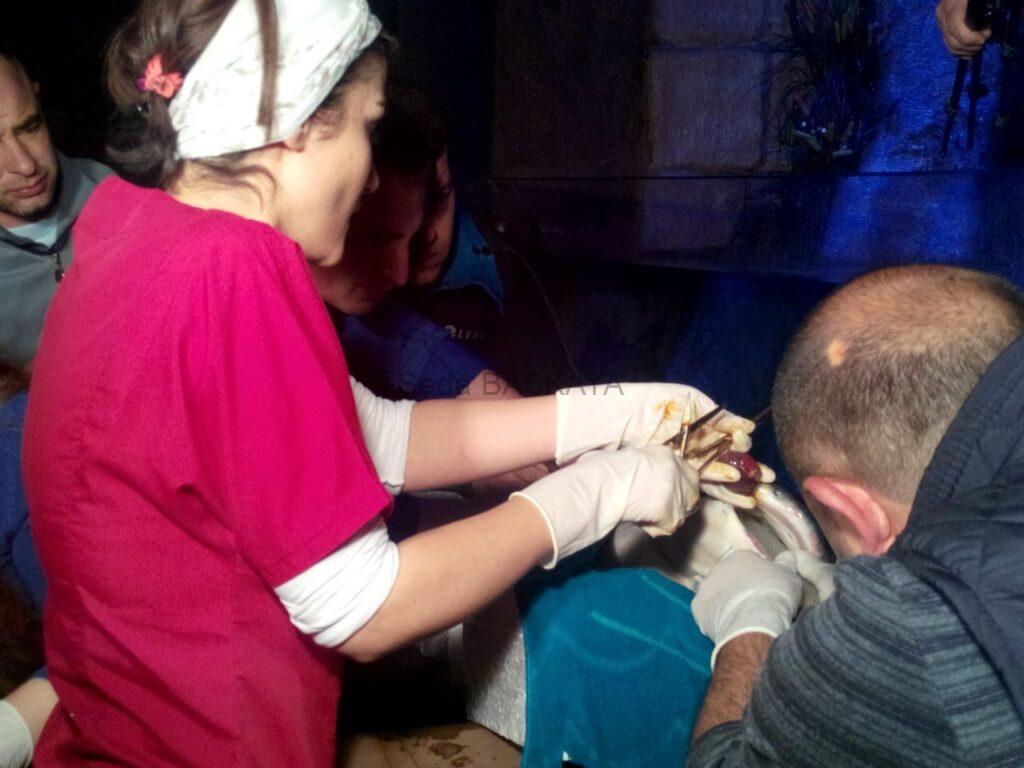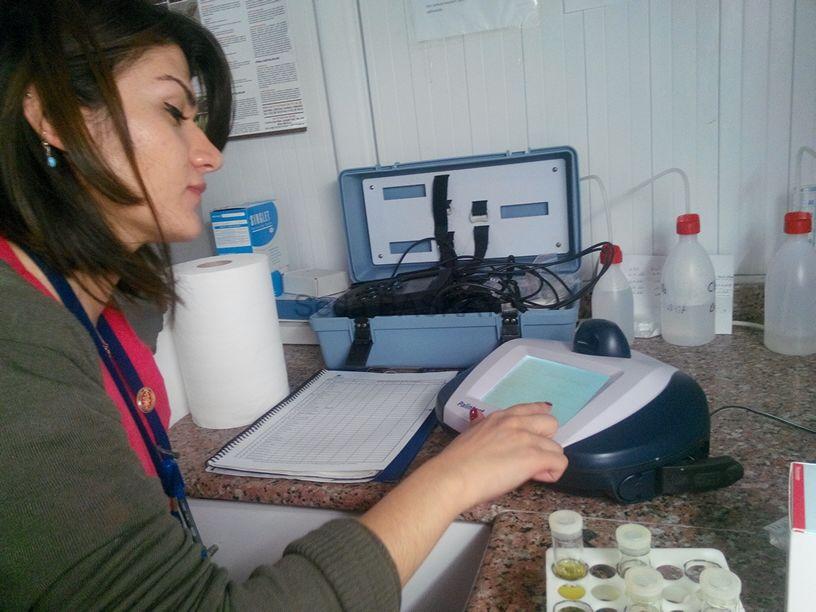The Challenger race, whose general condition is observed as a freshwater creature in the Asian aquarium in Antalya Aquarium, was started on 10.03.2015 at 20:30 and anesthesia was started in the dexter superum labium for a period of 9 months with an average diameter of 1-1 cm. Tissue growth, which was observed to be in a non-diffuse stem type, reaching a size of 6 cm, was surgically attempted under anesthesia and the mass was successfully removed.
Since the tissue quality could not be palpated before, absorbable suture material against possible complications, locally applicable adrenaline and rifamycin ampoule were kept against the risk of local infection. Since there will be no contamination in the abdominal cavity where the superficial tissues will be studied on the skin, a sterile environment was not needed. The surgical instruments used were disinfected with alcohol and iodine compound before the operation, and no sterilizer was used. Anesthesia procedure planned injectable assuming 13 kilograms of race; xylazine: from 7 mg / kg
Ketamine: Calculated from 10 mg / kg. The net weight of the individual, whose restraint can be provided with the operation, could be taken during the operation and was determined as 15 kilograms. However, due to the use of sedative and anesthetic short-tip injectors (among the reasons), the tension of the individual’s musculus latissimus dorsi and the mobility of the individual, it could not be transferred completely into the muscle, and most of them could be injected. However, complete sedation and anesthesia could not be achieved (due to lack of dose, stress factors or race specific reasons) and it was decided to perform the operation with inhalation anesthesia.
An anesthesia was performed with phenoxyethanol in Kamasan for 15-20 minutes. The skin of the individual was preserved with a wet towel by lying on the operation floor, which was prepared by shaping kamasan loophole and Styrofoam under it before. And the oxygenation of the individual is provided by the condition that the water returning from his aquarium is passed through the gills through a hose. In the kit, it was noticed that the area to be incised was not wiped with any antiseptic, considering the fish operations performed previously abroad, and the disinfection of the area was not treated with iodized compound or alcohol, it was only wiped with gauze due to the risk of absorption and intoxication. It was tried to be grasped with a wide-tipped hemostatic, which was predicted to be connective tissue or skin tissue with uncontrolled growth, but was not performed in order not to damage the tissue involuntarily due to the widespread connection point. In order not to increase the risk of bleeding, single-sided blunt-edged scissors were used instead of a scalpel, and the incision was performed by controlling bleeding and it took 5 minutes to completely remove the mass, it was observed that the tissue was almost not vascularized and the presence of tissue residue of the mass was detected in the visible tissue after removal, but only the mass was rhymed procedure was not performed, I have informed me that the possibility of recurrence should be taken into consideration. In the remaining tissue, bleeding originating from a single point was tried to be stopped by the padding method, and when complete coagulation did not form, a 2/0 absorbable thread was inserted into this single vessel. When it was ensured that the bleeding had stopped with rifamycin applied locally to the area, the procedure was completed and after the injectable systemic antibiotic was administered, the individual was transferred to a separate pool prepared previously. He woke up almost simultaneously from anesthesia and started swimming in a healthy and balanced manner.
Formaldehyde dilution was prepared and transferred to the mass for pathological examination. Thanks to everyone who contributed …
D.V.M. Seda BASKAYA



